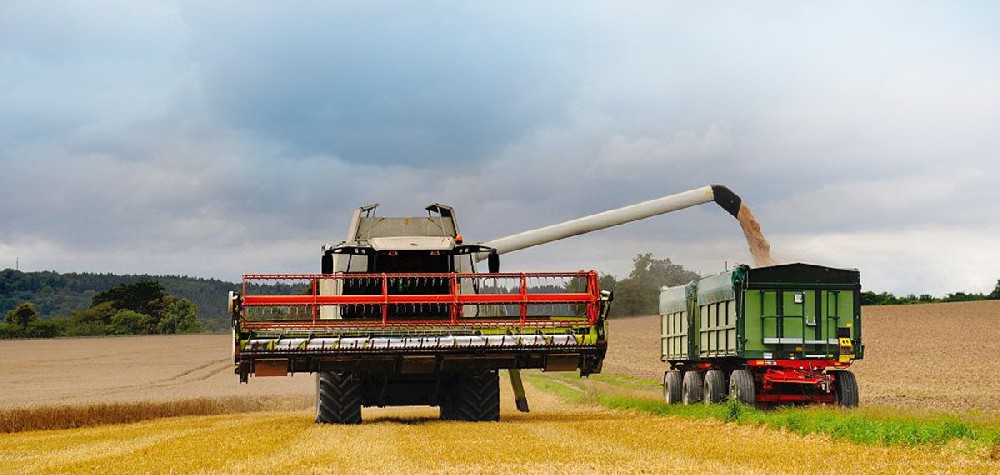Navigation Menu
Contact Us
- Email:
- info@wxavatar.com
- Address:
- Yurong Village, Yuqi Street, Huishan District, Wuxi, China.
Release Date:Jul 27, 2025 Visit:42 Source:Roll Forming Machine Factory
The solar energy sector continues to expand, driving advancements in manufacturing equipment, particularly in solar stand roll forming machines. These machines play a crucial role in producing the structural supports for solar panel installations. Recent innovations in their design focus on improving efficiency, precision, and adaptability to meet diverse industry demands.

1. Enhanced Automation and Control Systems
Modern roll forming machines now incorporate advanced automation, reducing manual intervention and improving production consistency. Features such as real-time monitoring, programmable logic controllers (PLCs), and touch-screen interfaces allow operators to adjust parameters seamlessly. Some models integrate AI-driven quality checks to detect defects early in the production process, minimizing material waste.
2. Modular and Multi-Functional Designs
Manufacturers are developing modular roll forming machines that can be reconfigured for different solar stand profiles without extensive downtime. This flexibility allows production lines to switch between various designs, catering to different installation requirements. Additionally, some machines now support multi-stage forming, combining cutting, punching, and bending in a single pass for greater efficiency.
3. Improved Material Handling and Efficiency
Newer models feature optimized feeding systems that reduce jamming and improve material flow. High-strength alloy rollers with precision coatings enhance durability and reduce wear, extending machine lifespan. Some designs also incorporate energy-efficient drive systems, lowering operational costs without compromising performance.
4. Higher Precision and Speed
Advancements in servo-driven mechanisms and laser-guided alignment systems ensure tighter tolerances in formed profiles. This precision is critical for ensuring the structural integrity of solar mounting systems. Additionally, faster cycle times allow manufacturers to meet growing demand while maintaining high-quality output.
5. Integration with Smart Manufacturing
Leading manufacturers are incorporating IoT connectivity into roll forming machines, enabling remote diagnostics and predictive maintenance. Data collected from sensors can optimize production schedules and reduce unplanned downtime. This integration aligns with broader trends in Industry 4.0, enhancing overall production efficiency.

Conclusion
The evolution of solar stand roll forming machines reflects the industry's push toward smarter, more adaptable manufacturing solutions. With improvements in automation, modularity, precision, and connectivity, these machines are better equipped to support the growing solar energy infrastructure. As technology progresses, further refinements in design and functionality are expected to enhance their role in solar panel production.